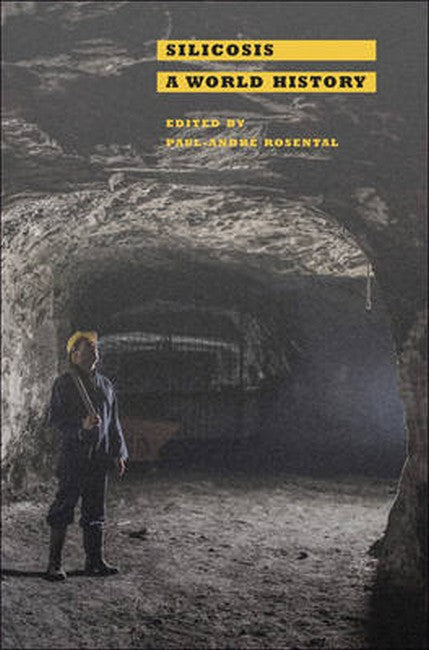Introduction: Why Silicosis?
Paul-André Rosental
Chapter 1 Why Is Silicosis So Important?
Gerald Markowitz and David Rosner
Chapter 2: The Genesis and Development of the Scientific Concept of Pulmonary Silicosis during the Nineteenth Century
Alberto Baldasseroni and Francesco Carnevale
Chapter 3: Johannesburg and Beyond: Silicosis as a Transnational and Imperial Disease (19001940)
Jock McCulloch and Paul-André Rosental, with Joe Melling
Chapter 4: The Politics of Recognition and Its Limitations: Legislating on Silicosis in the First Half of the Twentieth Centurya National or Transnational Process?
Martin Lengwiler, Julia Moses, Bernard Thomann with Joseph Melling
Chapter 5: Silicosis and ""Silicosis"": Minimizing Compensation Costs, or Why Do Occupational Diseases Cost So Little
Paul-André Rosental and Bernard Thomann
Chapter 6: Silica or coal? Design and Implementation of Dust Prevention in the collieries in Western Economies (circa 19301980)
Eric Geerkens
Conclusion: Silica, Silicosis and Occupational Health in the Globalized World of the Twenty-First Century
Francesco Carnevale, Paul-André Rosental and Bernard Thomann
Bibliography
Request Academic Copy
Please copy the ISBN for submitting review copy form
Description
""Paul-Andr+¬ Rosental's edited collection Silicosis: A World History provides a full and nuanced understanding of the emergence of the concept of silicosis as an occupational disease... This is a comprehensive story of silicosis, dating back to the 1800s. It provides health practitioners, social historians, and scholars with a fascinating account of the discovery of the disease, the attempts of the mining companies to control and manage it (and, in some cases, hide it), and the people who cared enough to dedicate their lives to finding strategies for prevention and treatment... The authors have successfully imparted the history of silicosis beyond a narrow medical perspective, by acknowledging the strong influence of social forces on disease. In doing so, they have developed a framework for understanding responses to a range of other exposures such as asbestos and tobacco smoke.""

